I have a confession: I love Instagram.
As an avid photographer, Instagram helps me engage with that passion in my daily life. Following pro photographers and studying their work makes me a better photographer. I learn about beautiful places, species, and cultures I wouldn’t otherwise know about. And I can share my own photos and love of nature with family and friends.
Last year, CGS contributor Christine Peterson wrote a wonderful story about “the path less Instagrammed,” discussing how social media (especially Instagram) is fueling harm to nature as people engage in a “photo trophy hunt” for the perfect ‘gram shot.
Thankfully, Peterson doesn’t recommend everyone go full Luddite and delete their accounts. Instead, she advocates for taking the path less Instagrammed and using social media as an inspiration to find your own unique places.
But once you’re snapping selfies well off the beaten track… what next? How can nature lovers use social media responsibly?
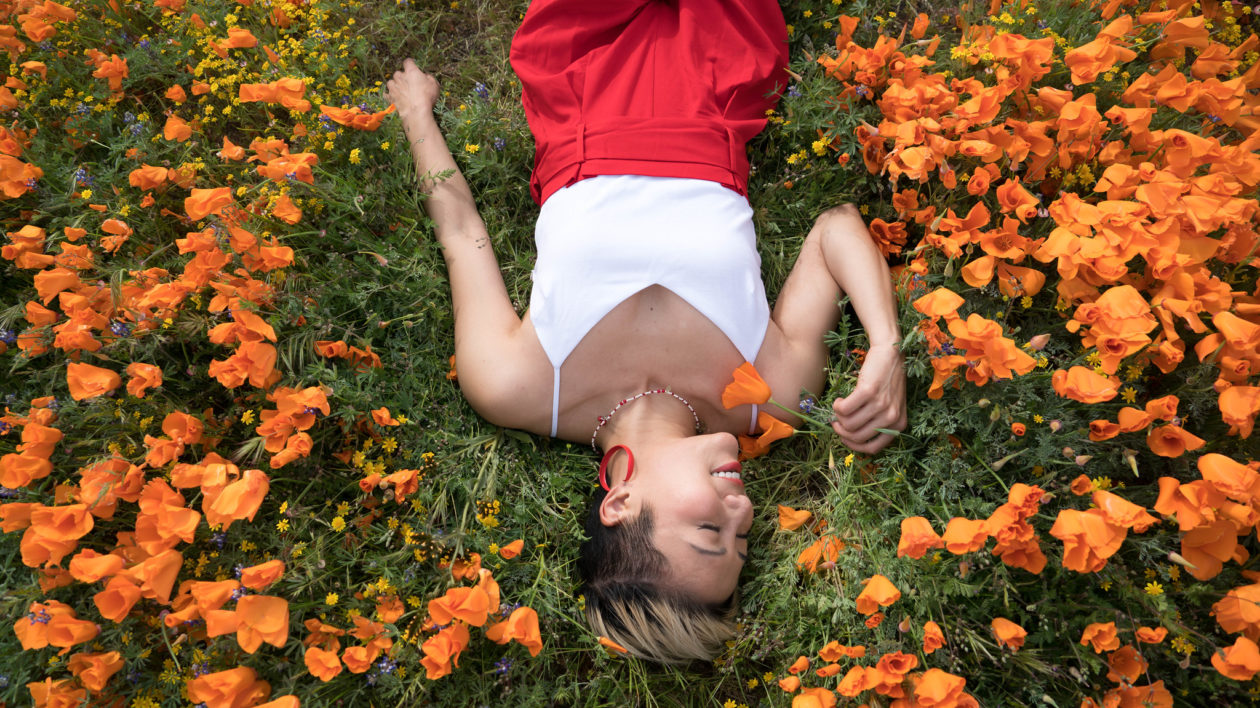
Stay On the Trail
California experienced a rare super bloom last summer, when perfect rainfall conditions cause a mass-bloom of wildflowers across the state. The event prompted a tourist frenzy, as it did back in 2017, with visitors racing to photograph the stunning orange and yellow hillsides.
Unfortunately, hundreds of thousands of tourists intent on snapping the perfect selfie trampled whole fields of flowers, many of them laying down amid the blooms. Small towns fought back and attempted to protect their blooms (and their sanity) by banning visitors.
Crushed flowers might not sound like much, but these blooms need to seed the next generation of plants. (And, at the risk of sounding like a curmudgeon, it’s just bad form to destroy nature for a selfie.)
In other places, your very footprints can harm the scenic views. In Death Valley, unsuspecting tourists often walk across the salt flats to photograph the incredible “sailing stones,” which move seemily by magic across the playa. But after rain the salt flats turn to mud, and walking across them leaves deep footprints that can last for years, impeding the stones’ progress and ruining the shot for other photographers.
So stay on the trail. Please. It might mean you can’t get your ideal shot, but that limitation will force you to be more creative and will make you a better photographer.
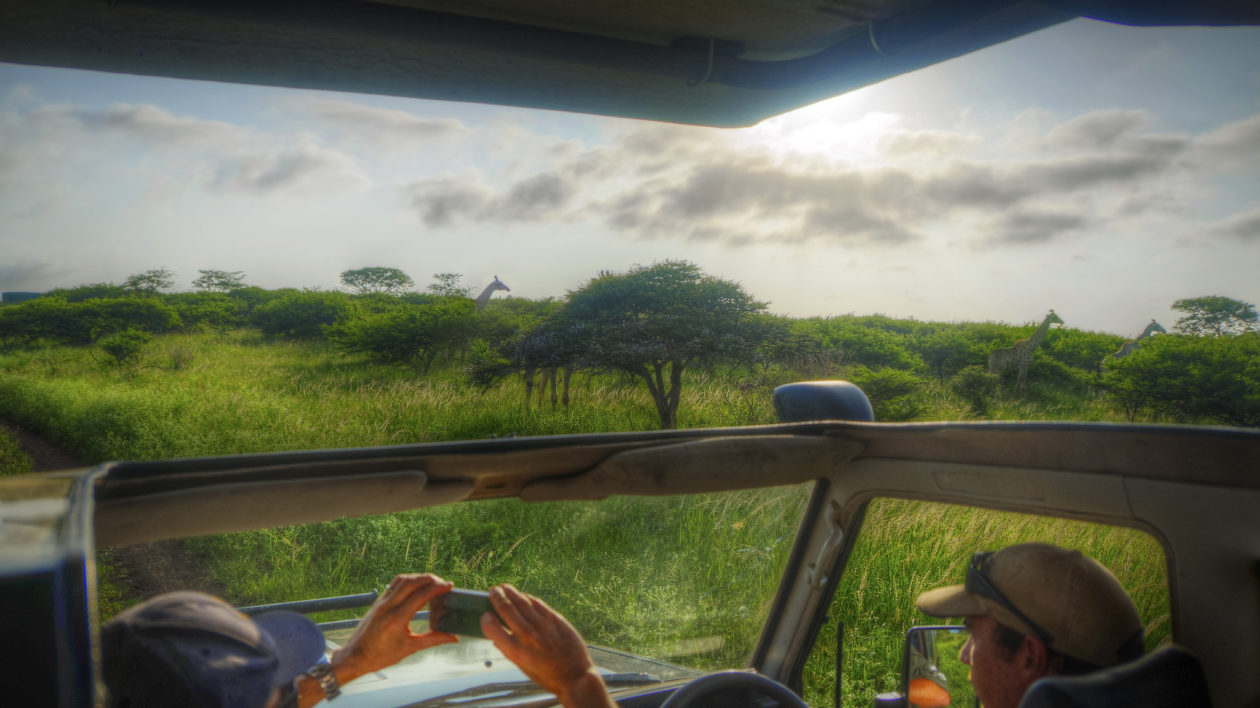
Stop Geotagging & Scrub GPS Data From Your Photos
Your social media post could get a rhino killed by poachers.
Every time you take a photo, your iPhone or camera logs metadata with that image: the date, time, and GPS location, among other things. That information is accessible to anyone who looks at the photo, say, on your Facebook or Flickr album. Which means poachers are just a few clicks away from their prey.
Scientists are grappling with similar issues. Herpetologists are notoriously careful about deleting metadata, lest illegal reptile collectors find and harvest those animals. As academia moves towards open-access publishing, ecologists are struggling to decide how much location information to share about rare species. They’re also having to guard their datasets: In India, poachers tried to hack into a database with GPS data from collared tigers.
The best thing you can do is to clean your photos before posting them. Advanced photo-editing programs like Photoshop, Bridge, Lightroom or Aperture let you edit the EXIF and IPTC metadata. Or you can also download free programs that will strip all metadata from an image, like Pro Photo Tools for Windows or SnapsCleaner for Mac OSX. (For more, check out this guide from Vice.)
We also have to worry about the geographic info we add to our social posts — called geotagging — which can put the beautiful places that we visit at risk.
In 2018, the Wyoming tourism board begged people to stop geotagging their photos. After a few “influencers” posted geotagged shots of the pristine Delta Lake, visitors swarmed the surrounding trails (and off the trail) trying to “shoot engagement photos and hawk health supplements.”
Thankfully this is an easy one to fix: Just don’t geotag. Or if you do, choose a generic geographic marker (Grand Teton National Park) instead of the specific place (Delta Lake).
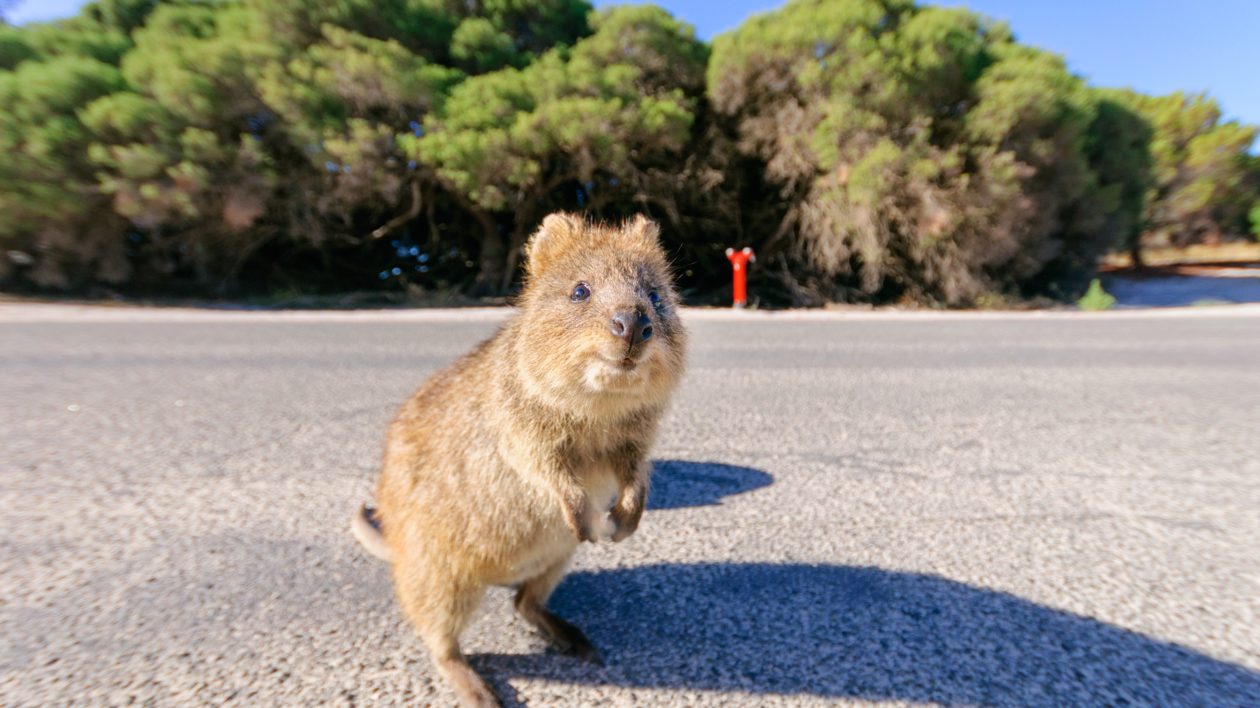
Give Wildlife A Wide Berth
Quokkas are Australia’s social media celebrity. These little marsupials have a permanent smile-like expression and little fear of humans, making them the perfect candidate for an adorable animal selfie. Unfortunately, tourists intent on snapping their #quokka shot often bait animals with food or corral them into a photo, causing them stress and disrupting their daily foraging.
Approaching other species can have deadly consequences. Every few years, irresponsible tourists in Yellowstone National Park get too close to bison, and are lucky to escape with their lives. In 2015, a man in California was bitten by a rattlesnake as he tried to take a selfie with the animal. (He survived). Still others have been mauled mid-selfie by bears.
So be smart around wildlife. Read local warning signs, take their instructions seriously, and don’t underestimate familiar species.
If you do find yourself in quokka territory (or near other curious critters), let the animals approach you. Then take a quick photo and let the animal go on its way. For less friendly species, you can buy a decent telephoto lense to help you get a closer shot. You can also learn to digi-scope; using your binoculars as a makeshift zoom lense. (Audubon has a great guide.) It’s a bit awkward at first, but keep practicing.
Don’t use flash a bright flash or play sounds to attract an animal to you. And never touch or feed wildlife, even if they beg. Human food can cause health problems, and predators that become too acclimated to human presence (and food) are often killed.
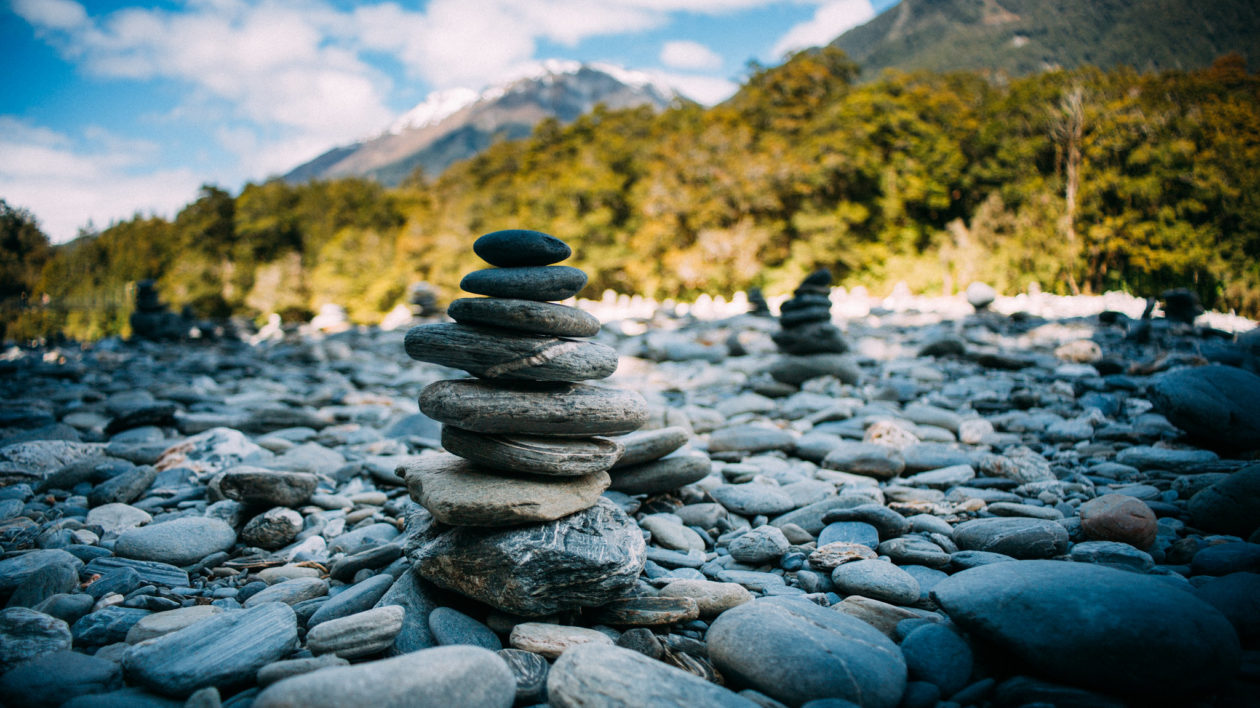
Don’t Move Rocks
We’ve all seen hiking summits crowned with cairns or a stack of wave-washed pebbles on a beach. But if you’ve noticed more and more of these over the last few years, you’re not alone. Stone stacking is a major social media trend, with enthusiasts uploading their handiwork to #RockStacks and #StoneStacking.
The scale of the trend is shocking. For example, volunteers in Acadia National Park dismantled nearly 3,500 rock stacks on just two mountains in 2016 and 2017.
Moving rock or two might not seem like much, but over time it can create problems for wildlife. The trend risks destroying habitat for endangered hellbender salamanders in the southeastern US. Stacks can also disrupt fish passage, destroy stream macroinvertebrate habitat, or squash shore-bird eggs. Stone removal also exposes soil and facilitates erosion.
Random rock towers can also confuse hikers, who can easily mistake them for genuine trail markers and get lost, with potentially life-threatening consequences. And stone stacks are even damaging neolithic archaeological sites in the United Kingdom and Incan shrines in Peru.
Though beautiful, stone stacks also destroy any sense of wilderness, of land untrammeled by man. They may not be an eyesore, like a discarded candy wrapper, but they are still obviously man-made. Many of us visit nature as a critical respite from modernity and humanity. And you can call me cranky, but even a sculptural stack of stones takes away from my experience of wildness.
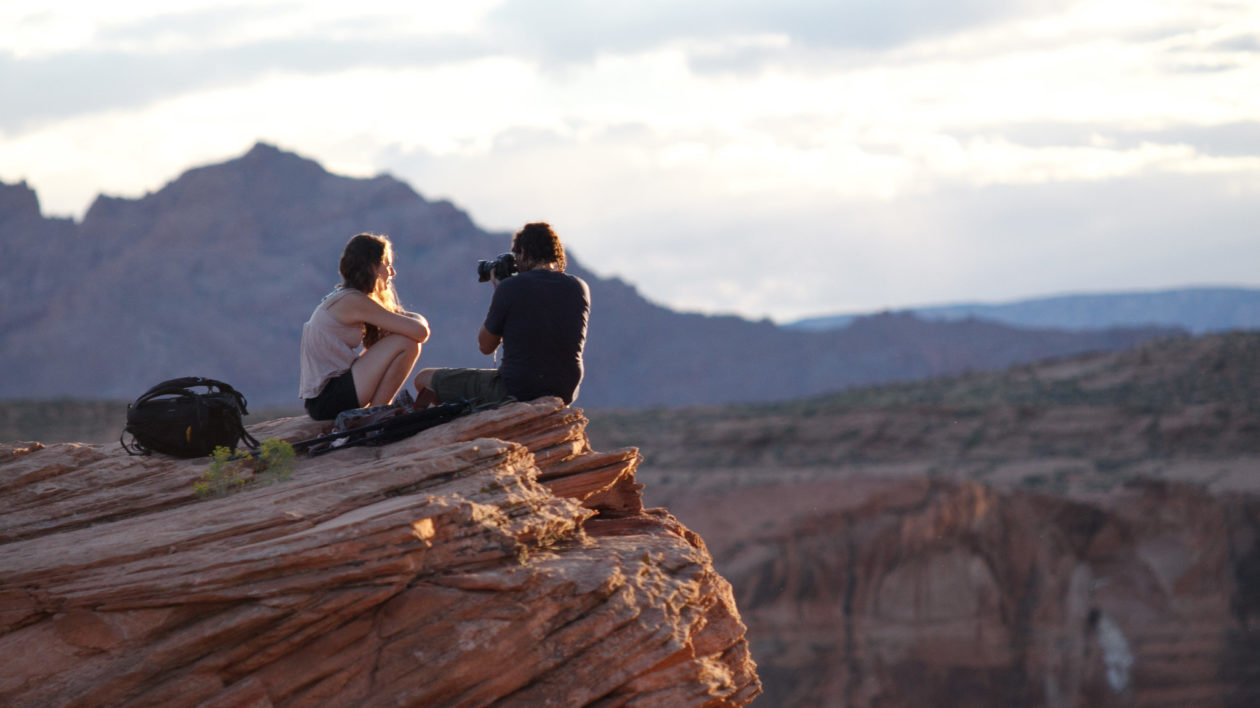
Avoid Death By Selfie
A recent study found that more than 250 people died while taking a selfie from 2011 to 2017. The researchers believe these numbers are conservative, as authorities often don’t list the specific behavior that lead to death.
Tourists have died falling from cliffs in Yosemite, Ireland, and many other places. Others have been scalded in Chilean geysers or have fallen into Yellowstone’s acidic geothermal pools. Still others were killed when lightning struck their selfie-stick.
Most of these people weren’t daredevils tip-toeing inadvisably close to a cliff for an adrenaline rush. They were simply taking a photo close to the edge, and either took a step back for that perfect angle or were pushed off balance by a strong gust of wind.
So be hyper vigilant in high places or around geothermal areas. Keep in mind that wet rock can be slippery, and not all cliff faces are stable. And remember that even strong swimmers can drown. Another important tip: Beware the selfie stick amid the thunderstorm.

Travel With Responsible Companies
If you’re like me, a lot of your photography happens while on vacation. But responsible nature tourism takes work. “Ecotourism” is like “organic” — the term is absolutely meaningless. It will take some time, but do your research to make sure that you’re traveling with tour operators who really do care for the environment.
And take particular care with wildlife tours. Some nature photography tours use dangerous and unethical practices to get the wildlife close to you. Owl-baiting is one example, where the birds are tempted with live or toy mice. The problem? Those same birds become accustomed to the free meal and often forgo hunting to wait at the baiting site, or are hit by cars as they try to approach people for food.
Another gut-wrenching example is Thailand’s booming elephant tourism trade. Half of Thailand’s 3,800 captive elephants work in the tourism industry, where many live in inhumane conditions, giving rides to tourist after tourist, posing for photo after photo. Elsewhere in Southeast Asia you can cuddle a tiger, which is often chained and heavily drugged.
So think carefully before booking an “interactive wildlife encounter.” Ask questions to make sure operators use a portion of their proceeds to support conservation or species protection. If it looks like the entire process is engineered to get you a great photo, instead of observing wild animals in their natural habitat, think twice. (For more on the dark side of wildlife tourism, check out this great National Geographic article.)
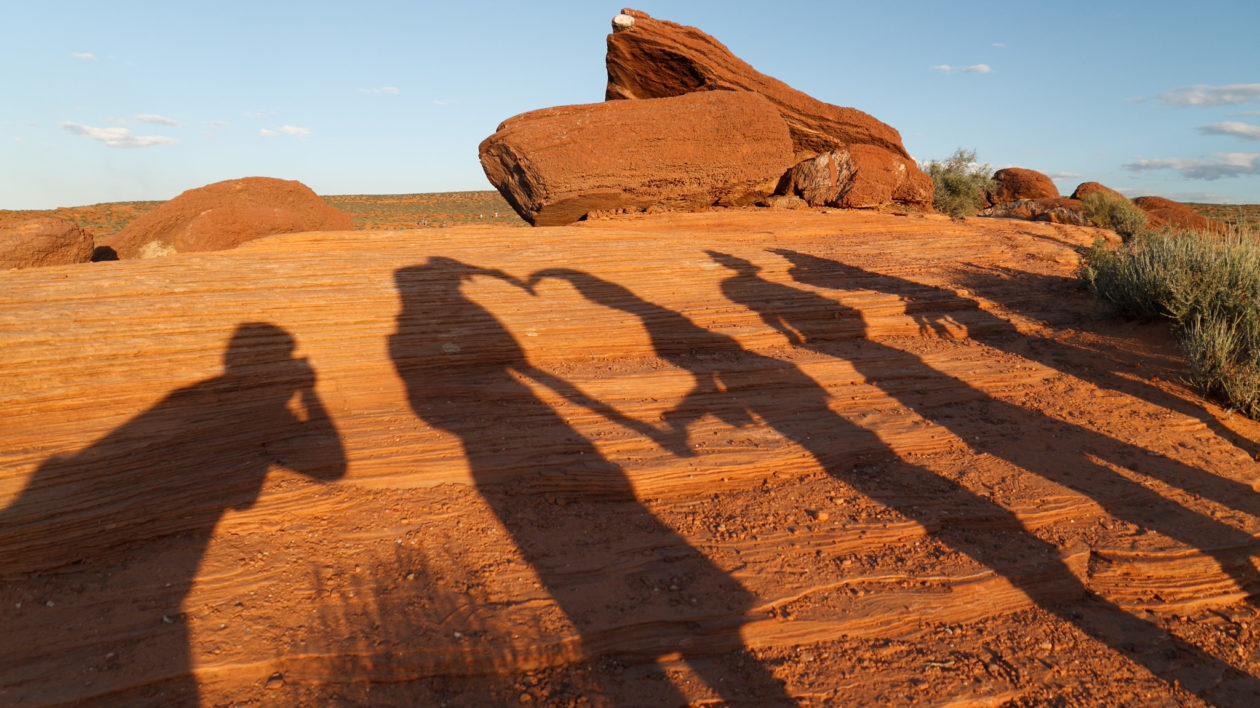
A final word of advice: think beyond the selfie bucket list.
I often see the same locations (and nearly identical photographs) coming up over and over again on Instagram. As people turn to social media to help plan vacations or photography locations, we risk loving those places to death.
Sharing our love and wonder of nature is incredibly important, now more than ever. (And so is sharing our experiences of how the world changes with the growing climate emergency.)
So get out there and take a selfie… just be sure to care for nature along the way.
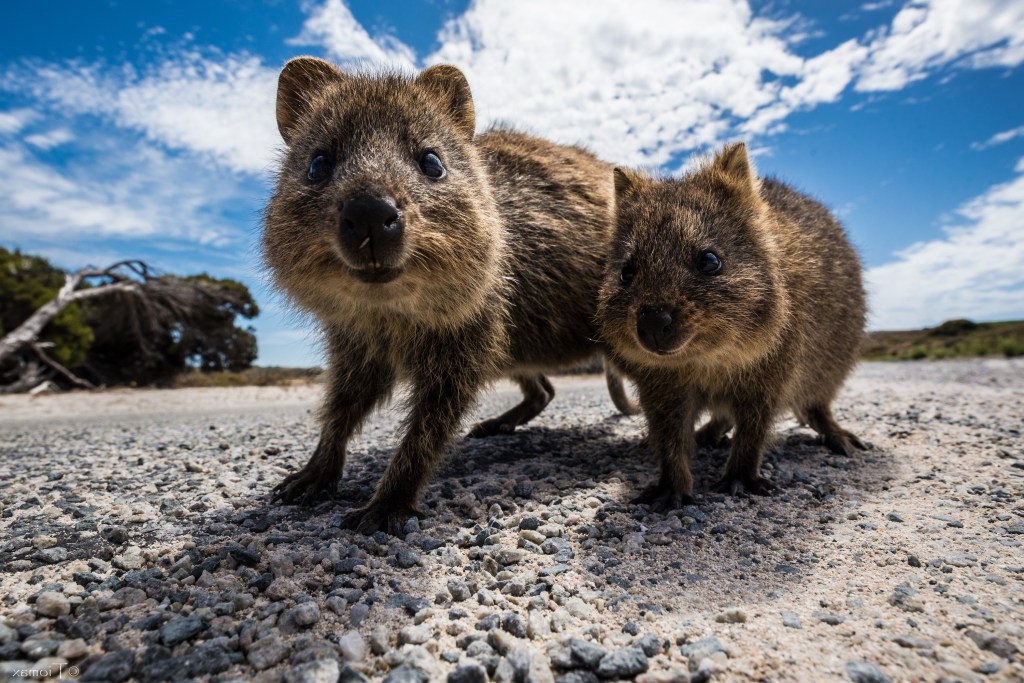



The selfie world we live in today is at times incredibly frustrating and depressing. People have become completely oblivious to what is around them, ignoring signage and trampling on sensitive areas with wildlife in order to get a worthless image simply to show off on social media and boost their own egos. I live along the central California coast where I witness people approaching marine life way to closely both on and off land, climbing on rocks with nesting birds and being downright disrespectful of the environment they are in. Approaching people in a way that does not provoke an altercation is tricky and I have received my share of abuse simply by pointing this out in a friendly way. People don’t like to be told they are doing something wrong and I believe those that react negatively are the ones that are well aware of what they are doing. As coastal tourism increases in my area, I fear for the birds and animals we share these beautiful places with and how we can protect them from this onslaught of humanity destroying the places they call home.
The selfie world we live in today is at times incredibly frustrating and depressing. People have become completely oblivious to what is around them, ignoring signage and trampling on sensitive areas with wildlife in order to get a worthless image simply to show off on social media and boost their own egos. I live along the central California coast where I witness people approaching marine life way to closely both on and off land, climbing on rocks with nesting birds and being downright disrespectful of the environment they are in. Approaching people in a way that does not provoke an altercation is tricky and I have received my share of abuse simply by pointing this out in a friendly way. People don’t like to be told they are doing something wrong and those that react negatively are the ones that are well aware of what they are doing. As coastal tourism increases in my area, I fear for the birds and animals we share these beautiful places with and how we can protect them from this onslaught of humanity destroying the places they call home.
Good article. As a ranger during the last Death Valley superbloom, I walked the tightrope, facing the moral dilemma of how to do my job of informing the public about the bloom and feeling responsible for the damage that ignorant or inconsiderate visitors were doing to the resource. The information you are providing is so important. I’ve done a few blog posts myself in the last year begging people not to crush the desert wildflowers or harass the wildlife in national parks. I never really thought about the metadata issue. Thank you for educating me about that.
Great article and just in time I hope. I maintain trails at a local state park. Rock stacking by enthusiasts is a growing problem. It is desert here, the terrain has little soil. Disturbing established rocks exposes underlying microbiomes to unwanted sunlight, the soil beneath to erosion leaving the terrain unable to support plant life.
Great article and just in time I hope. I maintain trails at a local state park. Rock stacking by enthusiasts is a growing problem. It is desert here, the terrain has little soil. Disturbing established rocks exposes underlying microbiomes to unwanted sunlight, the soil beneath to erosion leaving the terrain unable to support plant life.